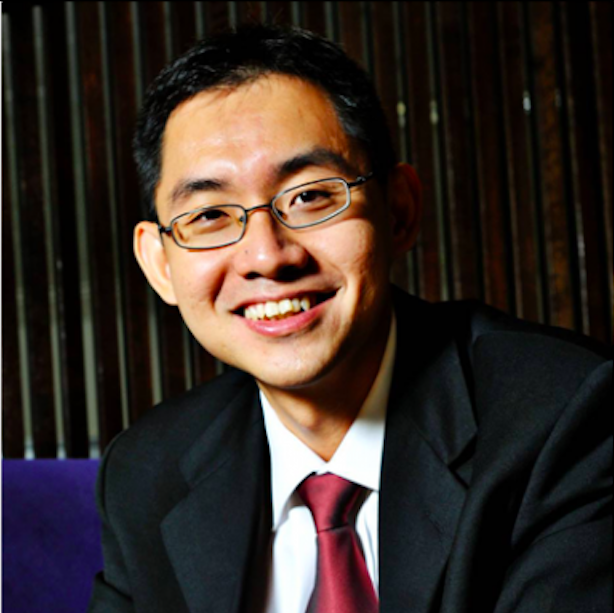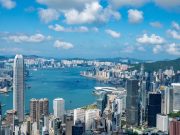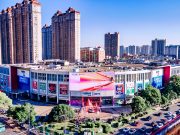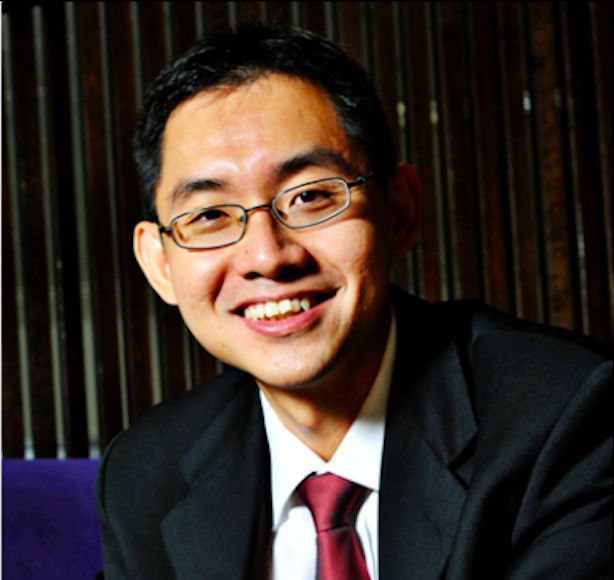By Zhang Jun
(Singapore, April 14, 2020) COVID-19 will once again change the public health system in Singapore as there are bound to be gaps identified in the city-state as well as other countries, said Professor Teo Yik Ying, Dean of the National University of Singapore’s Saw Swee Hock School of Public Health.
He told Fortune Times during a recent interview that Singapore’s public health system had the unfortunate but valuable experience from SARS in 2003, and then H1N1 in 2009.

“These two events gave a clear and early indication of what were the gaps in the public health response to outbreaks, and the usual technocratic government got down to business to address these gaps,” he said.
“It will be appalling indeed if countries (including Singapore) do not learn from this unfortunate experience, and put in place the necessary changes to protect and prepare themselves against the next pandemic.”
He said Singapore has a dedicated hospital, the National Centre for Infectious Diseases, with isolation facilities and the necessary medical equipment to deal with an outbreak precisely of this nature.
Besides, there was also a national stockpile for critical personal protective equipment (PPEs) for a crisis like this. Some 900 private GP clinics (in addition to the public primary care polyclinics) have been pre-designated as Public Health Preparedness Clinics (PHPCs). They can be and have been activated to allow the public to seek heavily subsidized primary care, as well as a way to triage the infected from the general sick.
“Those that are identified by the PHPCs and polyclinics to be suspected cases are automatically referred to the public hospitals for swabbing and testing, transferred by ambulances,” the professor explained to Fortune Times, noting that PHPCs is a clear sign of partnership between the public and private medical resources.
In public hospitals, specific drills are regularly conducted to test the readiness and preparedness to handle a respiratory infectious disease outbreak, which helped to prepare the healthcare workers in minimizing their exposure.
What’s more, the private hospitals have also been activated to work closely with the public ones, effectively serving as decanting facilities for the mildly infected and non-critical conditions. As a result of that, public and private hospitals have banded together as a single national response.
Despite all these advantages, Singapore’s Prime Minister Lee Hsien Loong warned twice in his recent televised speeches that Singapore won’t be able to hospitalize and isolate every case as it does now if the number of cases continues to soar.
Lee said some 80% of them only experience mild symptoms. The ones that are most at risk are the elderly, and those with pre-existing conditions like high blood pressure or lung problems. Thus, the government will encourage those who only have mild symptoms to see their family GP, and rest at home, and let hospitals and healthcare workers focus on the most vulnerable patients – the elderly, young children, and those with medical complications.
For Singapore to pull through these challenges, Prof Teo sees the island country’s multi-agency taskforce as one of the hallmarks of Singapore’s response.
He said the committee that oversees the current situation in Singapore is made up of Ministers from various government sectors, straddling health, national development, trade, manpower, education, environment, communications, to name a few. It receives advice from a strong team of scientific, epidemiological, and clinical experts, so they are presented with scenarios, forecasts, and evidence, to guide their policy decisions.
“The one aspect that stood out is how the island country’s policy-makers are willing to consult and listen to the scientific experts for their opinions in determining the national response.”
“I won’t say this is unique to Singapore, because countries and regions such as China, South Korea, Taiwan, and Hong Kong have also done so… but with the guidance from evidence and science, this is where age-old public health principles of case finding, contact tracing, isolating and quarantining early those who are exposed or infected, have helped many countries contained this,” he added.
In terms of scientific research, he said Singapore, by nature of its size, relies considerably on external collaborations to import knowledge in addition to the expected goods and services. Many academics and scientists in Singapore form strong networks and partnerships with other colleagues in the research and academic sectors, as well as with international organizations, including WHO, IMF, WEF, etc.
“Our edge perhaps comes from the willingness and ability of the government to invest in science and research, which builds a progressive culture,” he said.
When governments worldwide are thinking of ways to cut funding into R&D, Singapore actually expanded its budget, including in Public and Global Health, he added.
However, his overall assessment of the situation is not optimistic.
“Countries are still responding unilaterally against a global pandemic. It may buy individual countries time to relieve their healthcare system, but it will not resolve the pandemic situation,” he said, noting that there is a need for a global response, which is still lacking, although there are emerging voices calling for global action on top of unilateral country response.
He told Fortune Times that one coordination that will be needed is how countries unlock themselves without risking second or subsequent waves; another is what the well-resourced countries will do to aid the under-resourced ones in their response.




































